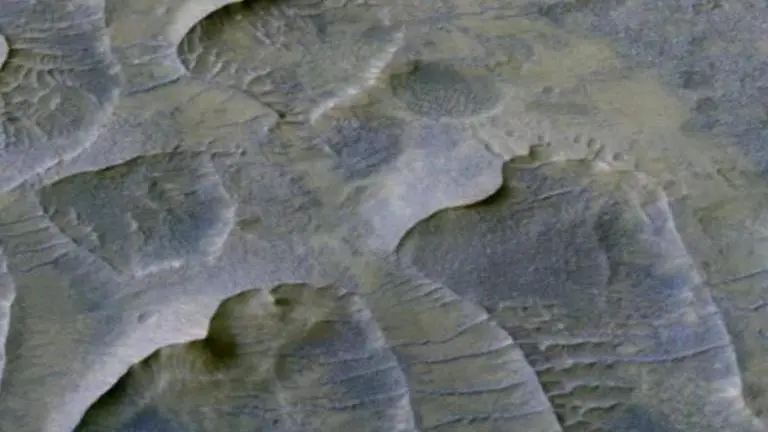Updated 10 October 2020 at 03:15 IST
NASA finds billion-year-old sand dunes on Mars that reveal climate pattern of the planet
NASA scientists have discovered a windswept field of solid sand on Mars which eventually turned to rock roughly a billion years ago.
- Science News
- 2 min read

NASA scientists have discovered a windswept field of solid sand on Mars which eventually turned to rock roughly a billion years ago. Despite being heavily eroded, the frozen palaeo-dunes have almost retained their original form. As per the scientists, studying how the dunes withstood the test of time, could not only reveal the red planet’s geological history but also provide information about the sedimentary process on the planet.
Speaking about the historic structures named Melas Chasma dunes, planetary scientist Matthew Chojnacki from the Planetary Science Institute said, “This level of preservation is rare for terrestrial sand dunes due to ongoing erosion and tectonics. Based on the dune deposit's relationships to other geologic units and modern erosion rates we estimate these to be roughly a billion years old."
In the study published by JGR Planets, researchers explained that the length, height, shape and slope of the Melas Chasma palaeo-dunes resembled recently-made dunes. That in turn indicated that climate and atmosphere, including wind directions, on Mars have changed only a little in a very long time.
Advertisement
Buried under tens of metres of material
Scientists also found that some dunes buried under tens of metres of material, which appeared to come from a catastrophic volcanic event. They now opine that the volatile compound which emerged from the eruption must have helped the dunes to harden, freezing them against time.
Advertisement
In an earlier development, MARSIS (Mars Advanced Radar for Subsurface and Ionosphere Sounding) discovered one underground reservoir on the planet, buried approximately about 1.5 km below the ice in 2018. Meanwhile, Mars Express spacecraft of the European Space Agency (ESA) has also discovered subglacial lakes in the south polar region of red planet. In total, three ponds of water have been found under the ice cover.
Image: NASA
Published By : Riya Baibhawi
Published On: 10 October 2020 at 03:15 IST
